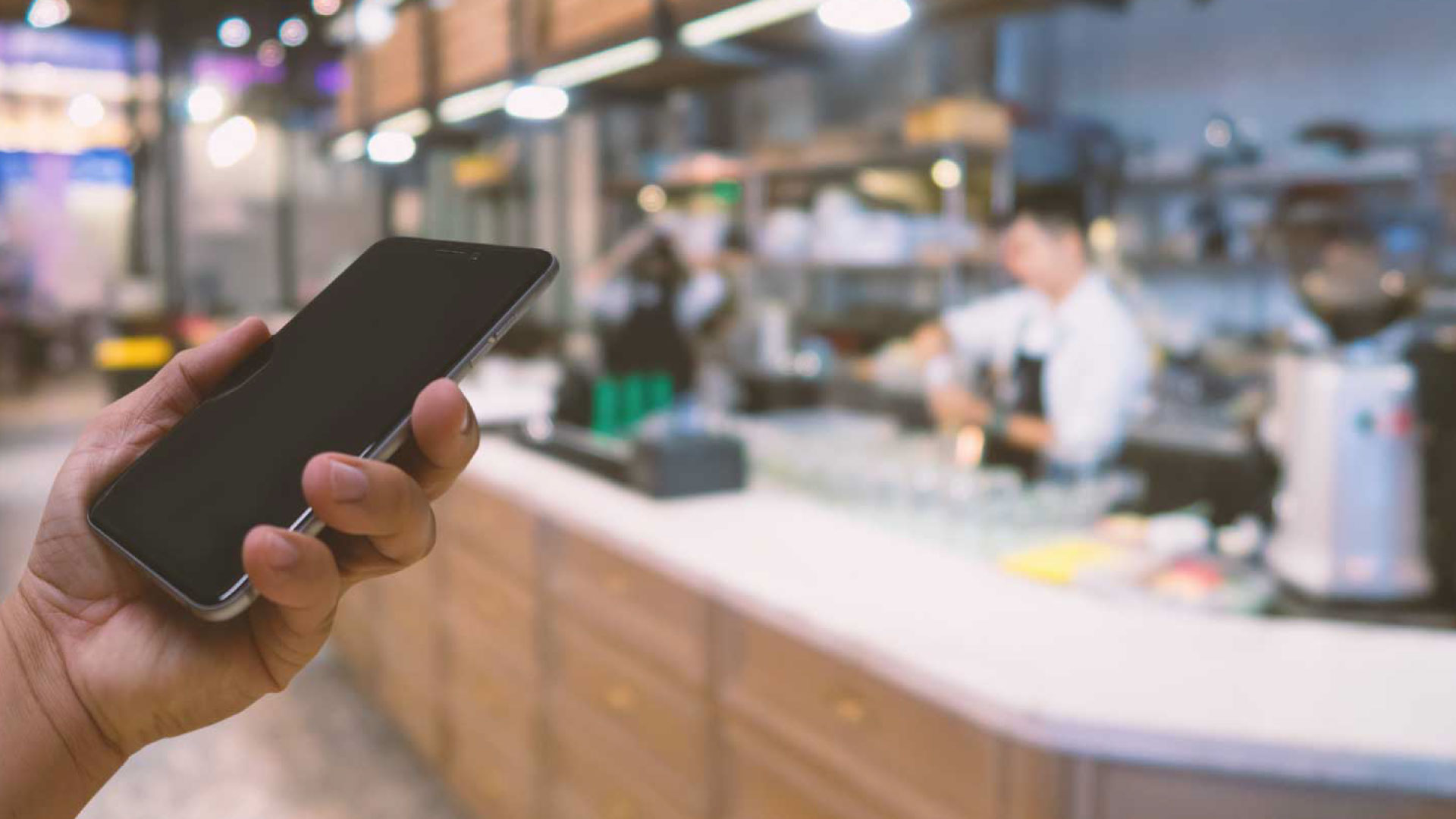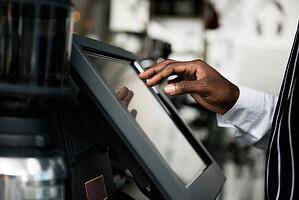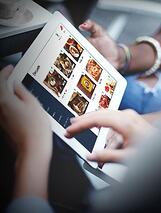

Hardly a day goes by without an article detailing how Millennials and Gen Z are impacting a particular industry. Younger generations are driving change in everything from workplace benefits to eating habits. Looking beyond the headlines around work/life balance and avocado toast, Millennials alone account for more than $65 billion of spending each year and influence upward of $1 trillion in total consumer spending.
These two generations represent a large opportunity for quick service restaurants and fast casual brands, with research showing Millennials and Gen Z allocate a lot of their budgets to eating out. According to a recent study conducted by Bankrate.com, the average Millennial eats out 5 times a week, not including coffee runs or trips to a local bar. Gen Zers spend more than one-fifth of their budget on food, according to research conducted by Deloitte. With this kind of spending power and buying habits, it's no surprise that the QSR industry has put an increased focus on capturing the business of these customers.
So how can restaurants attract these coveted groups? The National Restaurant Associations' July 2017 State of the Industry report keyed on a few specific takeaways:
"'Winning restaurant brands will be those who best understand their customers, capitalize on digital technology options and analytics, and seize upon the opportunity to engage customers in a highly personalized way," Deloitte's report "The Restaurant of the Future: Creating the Next-Generation Customer Experience" said. "Doing this well can have tremendous impacts in driving increased dining frequency, check size, and customer conversion and loyalty."
Choosing to invest in technology may be driven by a goal of attracting more tech-savvy generations, but other demographics have also been found to want more QSR technology, too. Deciding what technology to invest in is a constant challenge. Here are some areas where restaurants are making digital investments and seeing an impact in customer experience and engagement.

It all starts with a general commitment to exploring the technology that will be the best fit for your company. McDonald's CEO Steve Easterbook characterized this effort as the choice between being the disrupter or the disrupted when he was recently interviewed by CNBC about "doubling down" on its commitment to technology. Survey results show the efforts are paying off, as one in seven consumers names McDonald's or a related brand as the most innovative in the fast food industry. The company's investments in technology have also been translating into profits. An August 2017 Fast Casual article noted that since McDonald's added ordering kiosks to nearly 2,500 U.S. McDonald's restaurants and began the roll out of digital ordering in 3,500 U.S. locations, the chain's market has grown 5 percent, while it's also reported stronger than predicted Q2 domestic sales growth.
Fast-food giant Wendy’s has also committed to technology, announcing its plan to install self-ordering kiosks at about 1,000 locations by the end of the year. Wendy’s Chief Information Officer David Trimm, told the Associated Press in February that “the kiosks are intended to appeal to younger customers and reduce labor costs.” He also said the kiosks will help meet other business goals like reduced wait times. The company estimates it will see a return on investment in less than two years.
No matter what ordering options a restaurant offers, every customer will engage with a menu one way or another. Digital menu boards provide a variety of ways to engage customers of all ages, including younger generations. Millennials and Gen Zers are more cognizant of where their food comes from and have made restaurants who source local ingredients dining favorites. Recent industry reports from QSR and Fast Casual explain the wide range benefits of investing in digital menu boards including:
As Fast Casual points out, it’s “not just about technology; it's also about the message the technology helps disseminate." Digital signage can help showcase the brand's commitment to the local community and environmental responsibility – something Millennials and Gen Zers like to see from corporations. In addition, it shows the brand is "hip, modern and current with the times."
 Digital Point of Sale (POS) solutions have long been the focus of the quick service restaurant industry. While this conversation may have typically revolved around registers and ordering systems related to counter service and drive-thrus, restaurants are now tasked with thinking about alternative ordering options.
Digital Point of Sale (POS) solutions have long been the focus of the quick service restaurant industry. While this conversation may have typically revolved around registers and ordering systems related to counter service and drive-thrus, restaurants are now tasked with thinking about alternative ordering options.
In a recent Bouncepad study, nearly 43 percent of customers said they have used a tablet or kiosk instead of a cash register at a fast food or fast casual restaurant, while 63 percent said they wanted to order food via those devices. That
means, generations aside, a majority of customers are hungry for additional ordering options. This is in addition to industry data that shows consumers want mobile friendly websites or apps to review menus and place orders.
Getting creative with additional POS solutions like tablets or kiosks can also provide ways to collect helpful data on customers, provide reward program opportunities, and again, encourage additional customer engagement with the restaurant brand. In addition, companies can also lower labor costs and order entry accuracy increases.
Taking a look around any restaurant is about the only proof you need that today's customer is attached to their phone – firing off a text, sending a Snapchat, capturing the perfect photo for Instagram, or sharing something on Facebook. As companies consider technology solutions, it is important to consider how these tools can also be used to drive customer engagement and improve customer analytics to help inform business practices. An investment in new technology can present an opportunity to partner across your business to drive sales, marketing, and technology goals with a cross-disciplinary team.
Ultimately, as your company works to create a technology strategy, it is important to remember who you are as a company and the customers you serve. As the Deloitte report smartly points out: "To induce the next-generation customer to try your location, order more, and come back later, determine which aspects of the digital experience you offer that are most important to that customer at each step of the process. Then you can match those experiences to capabilities you either have now or plan to implement."
Whatever direction the new frontier of restaurants takes you, Bailiwick knows upgrading technology can help you differentiate your restaurant and reach a desired demographic in a crowded marketplace. Bailiwick specializes in working with quick-service and fast-casual restaurants in the design and deployment of IT solutions, including digital menu boards and touch-screen ordering technology, customized to help you meet your business goals. Learn more at our QSR page , contact us, or setup a call.
Tags: Fast Casual, Restaurant, Millennials, Technology, QSR
Curiosity and creative problem-solving.
Get in touch and let us know how we can help your business.
CONTACT US